Bastions are one of the most unique elements you can include in your Dungeons & Dragons campaign. From basic to special facilities, there’s a lot you can do to make the most of your bastion. There are also plenty of in-game benefits to having a bastion as a player.

Related
Dungeons & Dragons: How To Level Up Your Bastion
Leveling up your bastion in Dungeons & Dragons can be a rewarding, yet complex process. Here’s everything you need to know.
But, with the release of bastion rules for the 2024 Dungeon Master’s Guide, there’s only a handful of facilities you can include in your bastion. For players looking to customize their bastion to the fullest extent possible, homebrew may be the best option. Here’s what you need to know to homebrew facilities for your bastion.
What Are Basic Bastion Facilities?
Bastion facilities fall into two categories: basic and special. Basic facilities include a lot of typical structures found in homes, forts, or castles.
Basic facilities can include things like staircases, corridors, kitchens, parlors, and bedrooms. These are a lot more flexible than other portions of your bastion.
When you gain your bastion at level five, you start with two basic facilities that are completely free. You can then add basic facilities to your bastion by spending gold and time to construct them like so.
|
Basic Facility Size |
Cost |
Time Required |
|---|---|---|
|
Cramped |
500 GP |
20 days |
|
Roomy |
1,000 GP |
45 days |
|
Vast |
3,000 GP |
125 days |
All of these facilities come with basic decor and non-magical furnishings. Basic bastion facilities offer no special benefit, but help create a sense of physical space for your bastion, as well as character and flavor.
How To Homebrew Basic Bastion Facilities
Homebrewing basic bastion facilities is relatively easy. Any standard type of room you can imagine that might belong in a fort, keep, homestead, or castle can fit in your bastion.
First, describe the type of room you want for your bastion. For example, let’s say you’re playing a highly theatrical bard and you want a walk-in closet for all of your costumes. Explain this to your DM and the relative size of the space.
From there, use the following table, which lays out squares on a grid map to determine how large the room is. Then, you can use the previous table to see how much gold and time you’ll need to construct the space.
|
Space |
Maximum Area |
|---|---|
|
Cramped |
4 squares |
|
Roomy |
16 squares |
|
Vast |
36 squares |
What Are Special Bastion Facilities?
Unlike basic bastion facilities, special bastion facilities offer in-game benefits to the player via bastion turns. Examples of special facilities on offer can be found in the 2024 DM’s Guide.
You earn special bastion facilities through player progression and can take bastion turns in these facilities at your DM’s discretion.
Examples of special bastion facilities include rooms like an Arcane Study, Archive, Pub, Theater, or Demiplane.
Bastion turns are actions, or ‘orders,’ the player can take while they’re out on their adventure. These include:
- Maintain Order – Your bastion and its hirelings maintain the status quo.
- Craft – Hirelings in special facilities craft special items in that facility.
- Empower – Special facilities grant temporary abilities to you or another player.
- Harvest – Hirelings gather resources from special facilities.
- Recruit – Hirelings recruit others to the bastion.
- Research – Hirelings in a special facility gather lore or information.
- Trade – Hirelings buy and sell goods.
All of these actions are available to specific special bastion facilities as detailed in their description.
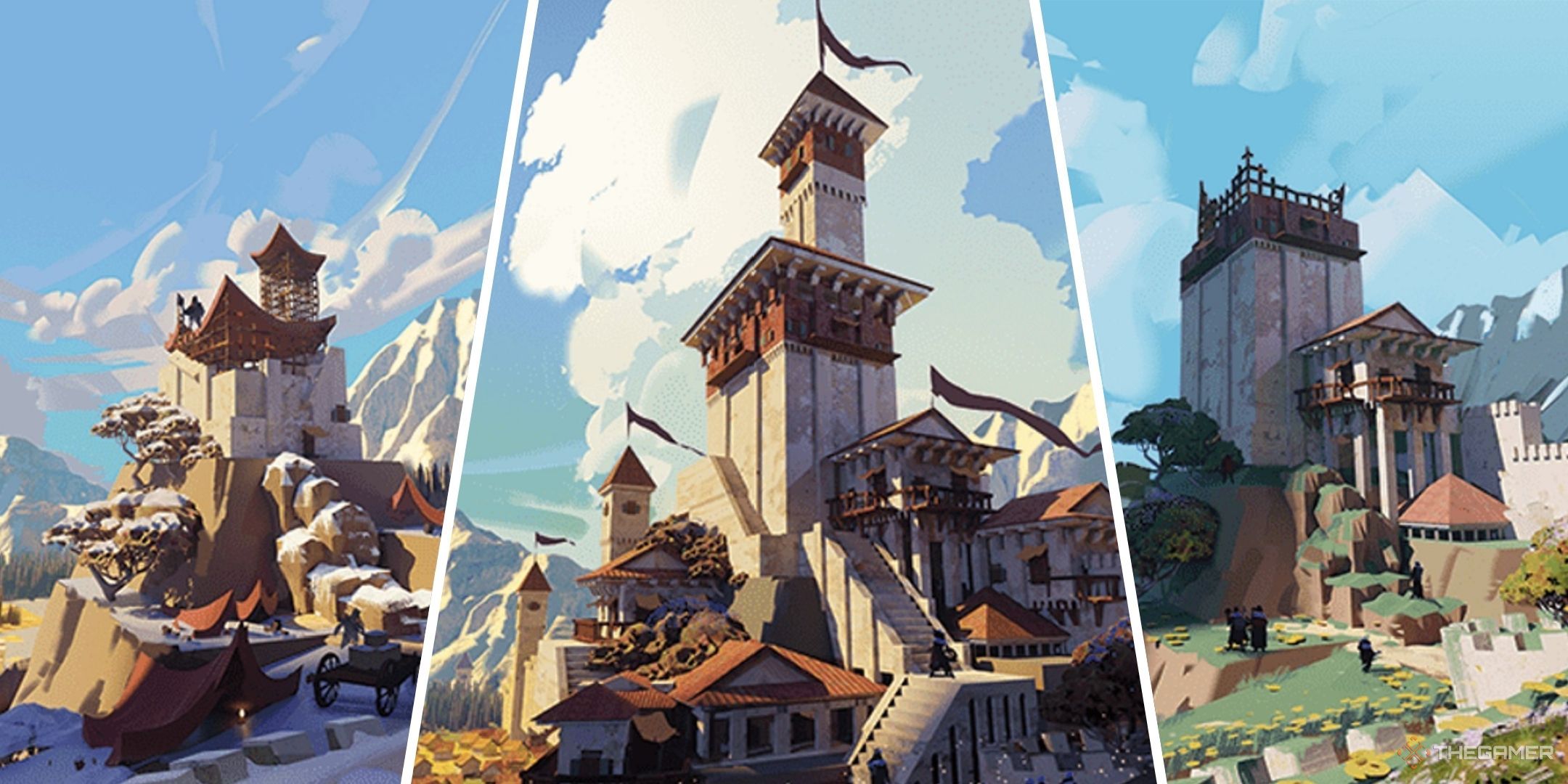
Related
Dungeons & Dragons: How To Build A Defensive Bastion
Here’s how to build a defensive bastion in D&D!
How To Homebrew Special Bastion Facilities
So, now that you have a basic understanding of special bastion facilities and what they do, how do you homebrew new special facilities?
First, as a player, you should work with your DM to make sure it’s okay to homebrew a special facility. Review the rules you come up with and make sure they seem balanced in your campaign.
There’s a simple checklist to go through when homebrewing a special bastion facility. Every single special bastion facility offered in the 2024 Dungeon Master’s Guide has the following rules.
- Level Needed – The player level necessary to construct the facility.
- Prerequisite – Any specific requirements the player must have to construct the facility. These typically require players to be able to use an Arcane Focus or have expertise in a skill.
- Space – How large the special facility is on grid paper.
- Hirelings – How many hirelings the facility comes with to assist in running the space.
- Order – The bastion turn order that a player can issue while they’re away.
What Do You Need To Homebrew A Special Facility?
When it comes to homebrew, it’s always a good idea to start macro and then get into the details. Ask yourself, what are you trying to achieve with this facility?
Are you trying to craft or harvest something? Or, are you trying to empower yourself and your team? Whatever the answer, start with the result you’re trying to achieve, and let this characterize the rest of the facility.
When homebrewing a special faciilty, it’s best to start with step five, ‘Order,’ and work your way backward. The Bastion Order will likely inform the rest of the rules you’ll need to create for your facility.
Example Homebrew For A Special Facility
For example, say you are playing a bard who wants a facility in which you can craft magical disguises.
We can call this special bastion facility a ‘clothier,’ or a facility that fashions clothes and fabrics. The special facility’s ‘order,’ in this case, would be craft.
If you’re not sure exactly what benefit you want, review the order options on bastions. These will help give you a sense of the kinds of things special facilities can do, and may inspire ideas!
If the player takes the craft order during their bastion turn, the facility will produce one magical disguise of their choice, including an outfit, hair and makeup, and any other details or trinkets necessary.
Now, let’s work backward. In terms of balance, this is definitely a pretty strong perk, but not so specific that the facility would be limited to one class.
Hirelings would likely make sense, though there’s probably not too big of a space necessary for something like this. With all that in mind, here is a breakdown of the above rules for a clothier.
- Level Needed – Level Nine is required.
- Prerequisite – The ability to use an Arcane Focus, as this facility crafts magical disguises.
- Space – Likely cramped, as this facility would not require that much space.
- Hirelings – 1 hireling, a seamster, is likely enough to keep this facility afloat.
- Order – As mentioned, this would be the ‘craft’ action.
You can apply this method to any special facility you want to homebrew. Start with the benefit, or ‘order,’ and work your way backward to fill out the rest of the criteria.
Lastly, you should also consider if you want to have rules for expanding your homebrew facility. To homebrew expansion rules, simply set a GP and time spent amount to expand based on size.
Work with your DM or consult Chapter Eight of the 2024 DM’s guide for more information on expanding facilities.

Next
Dungeons & Dragons: Which Equipment Pack Should You Choose?
With so many choices, we’ll help you determine which equipment pack is best for you.
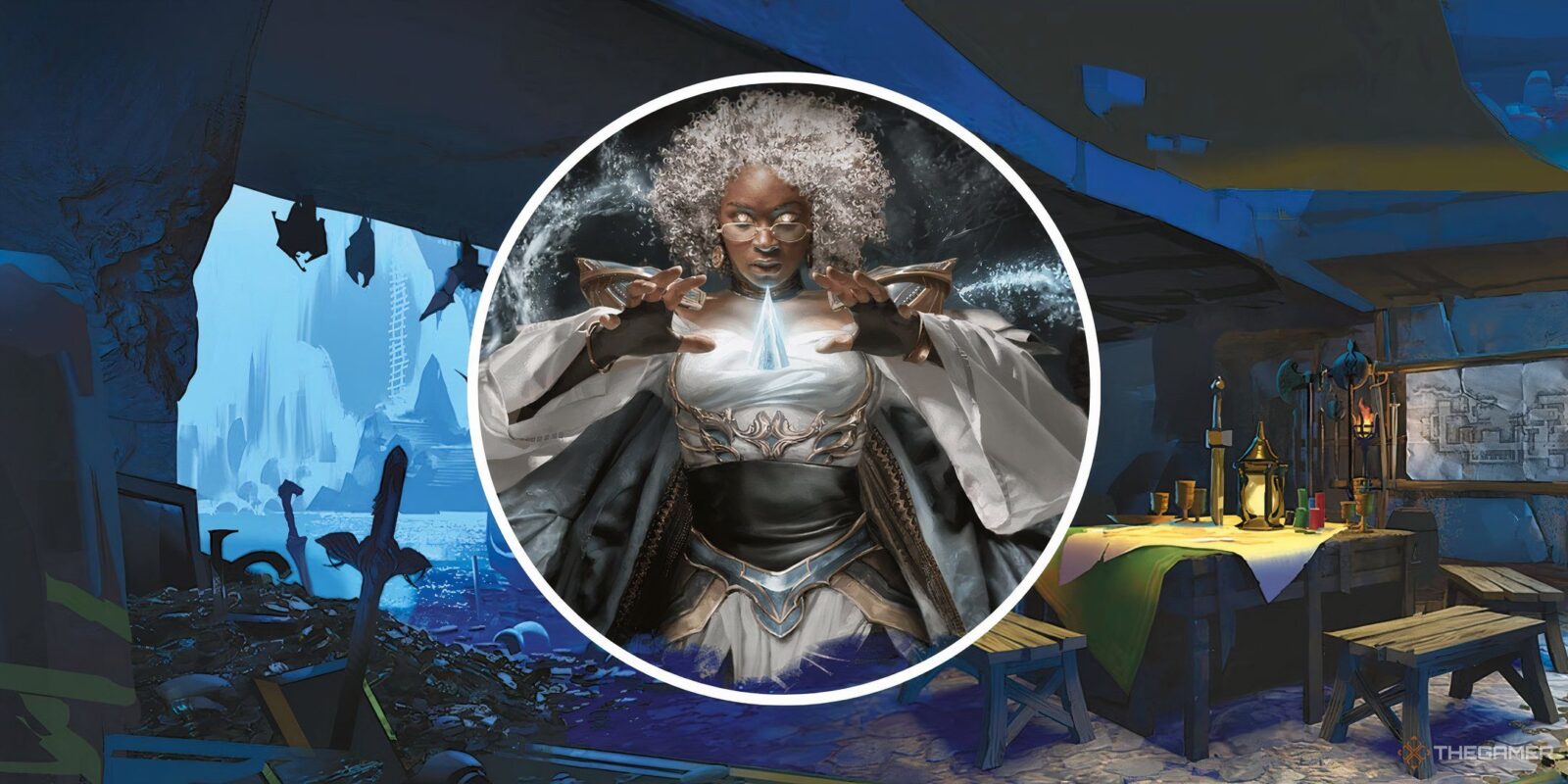

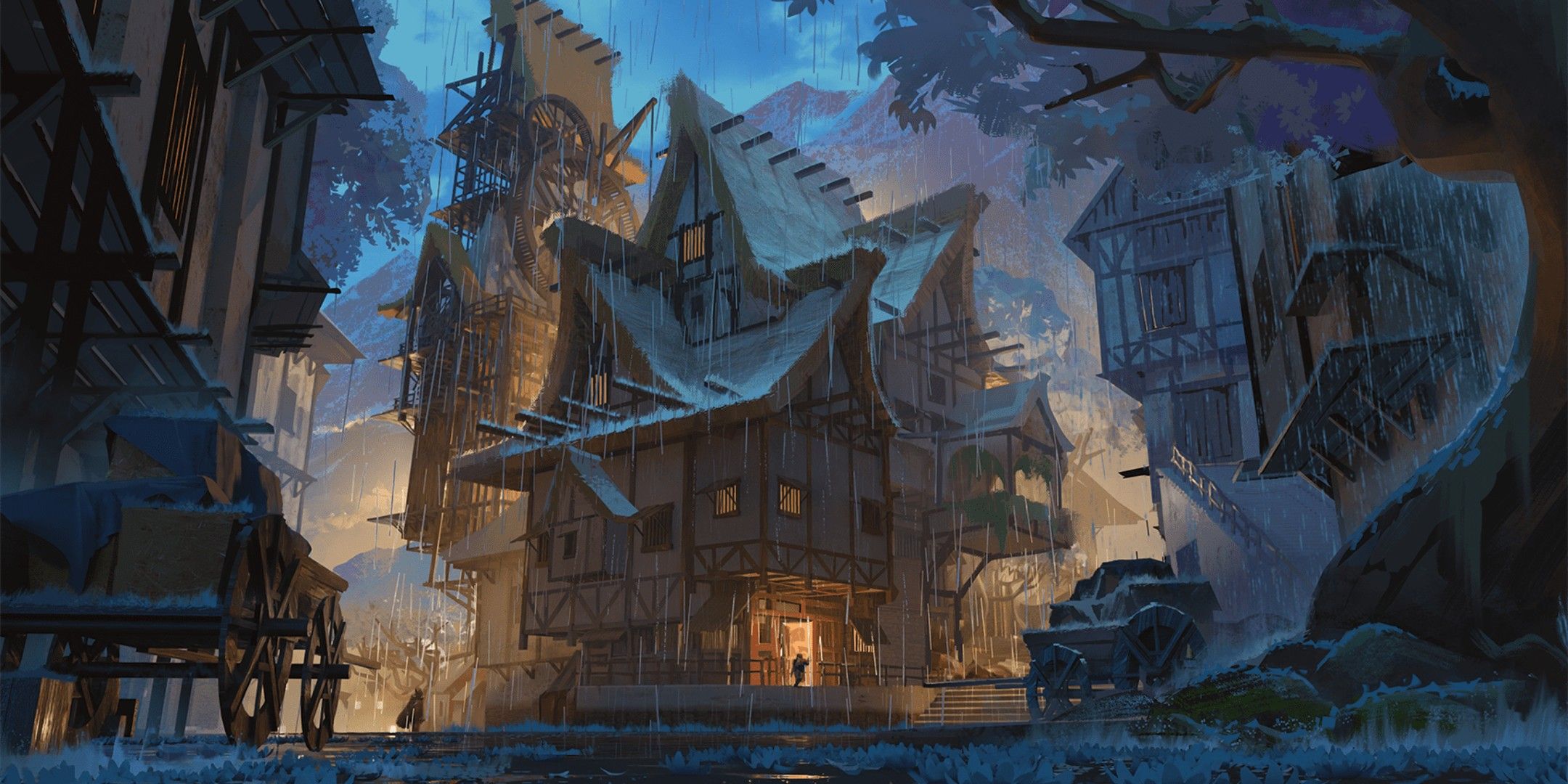
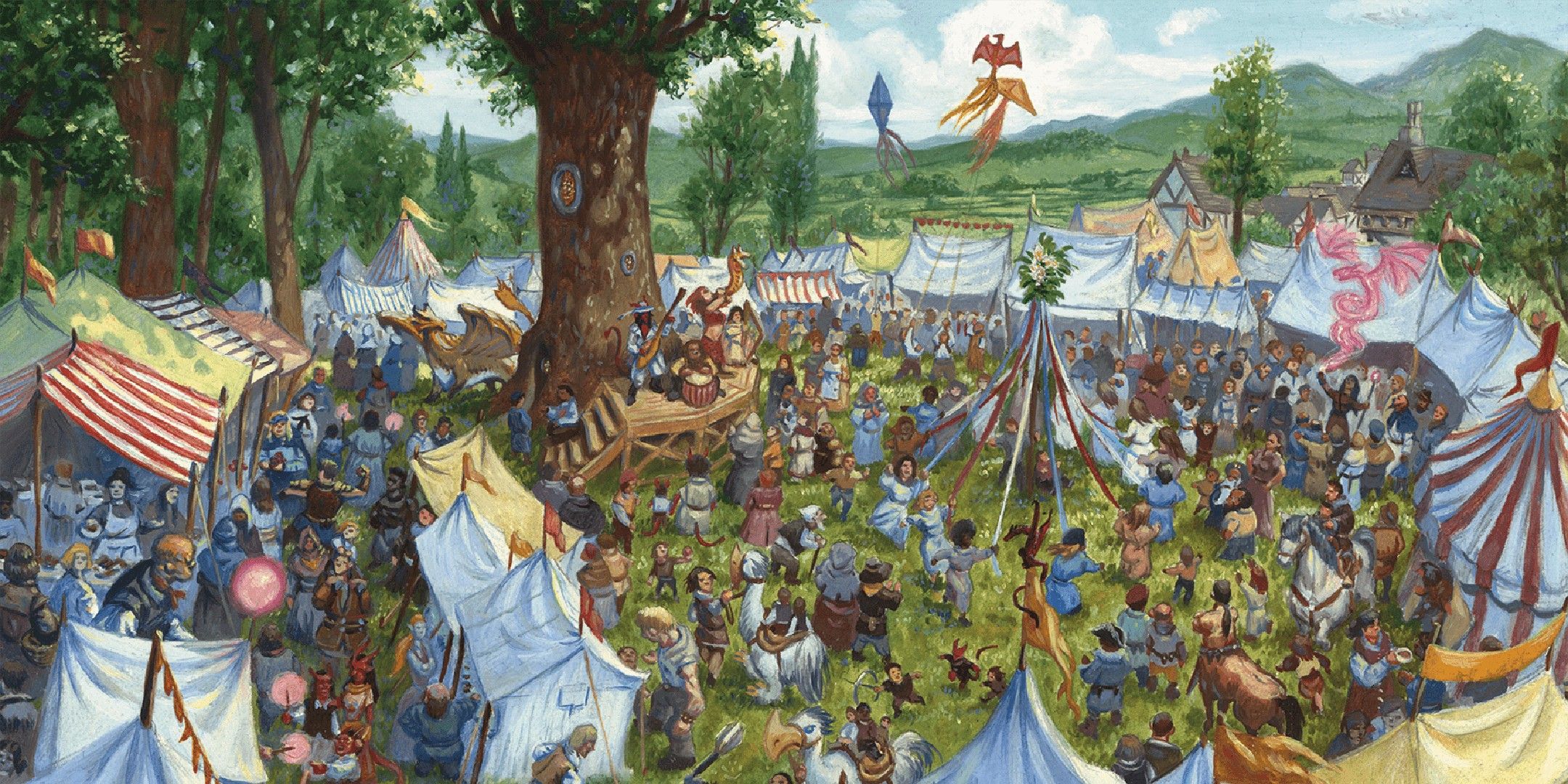

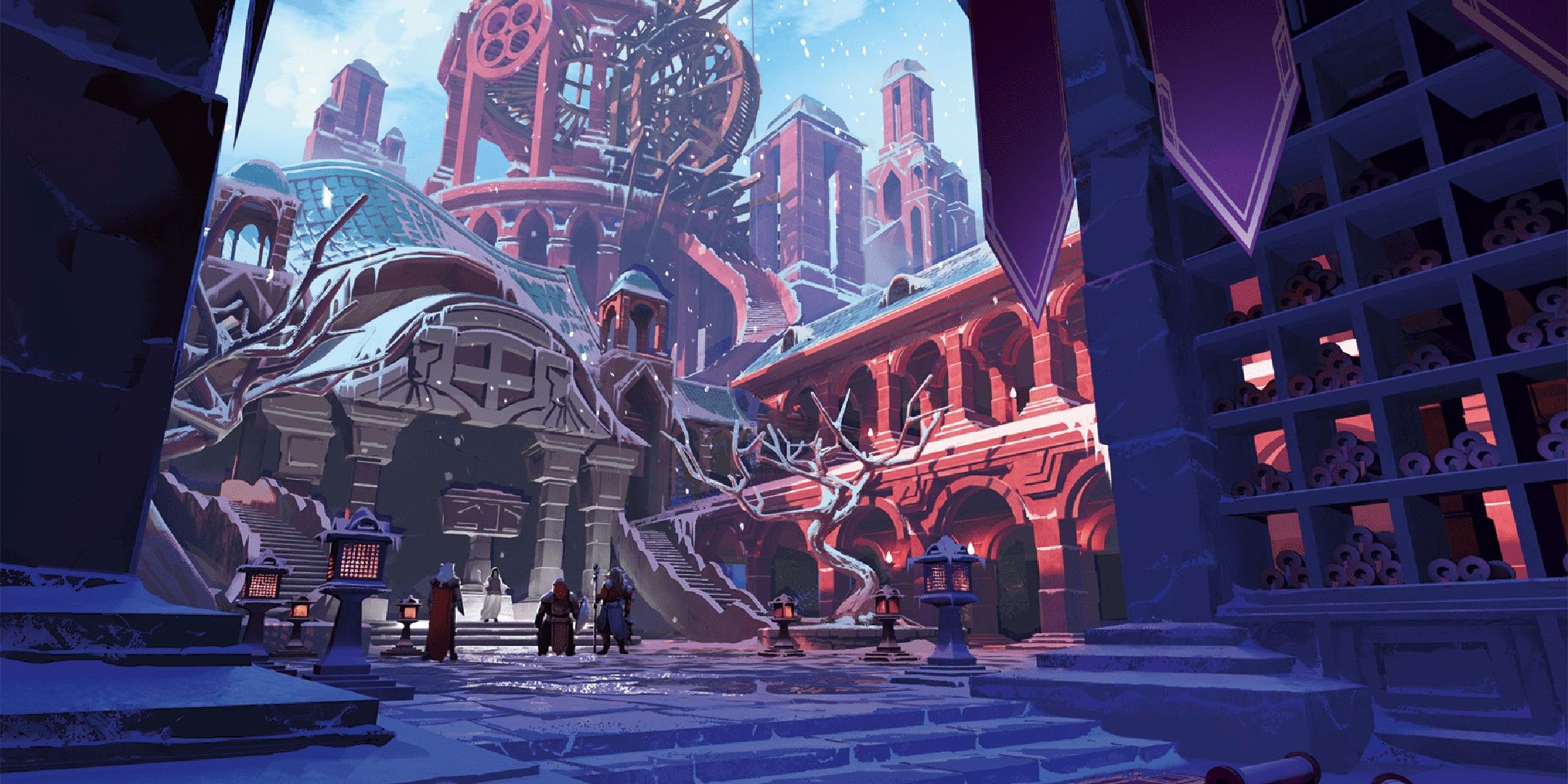
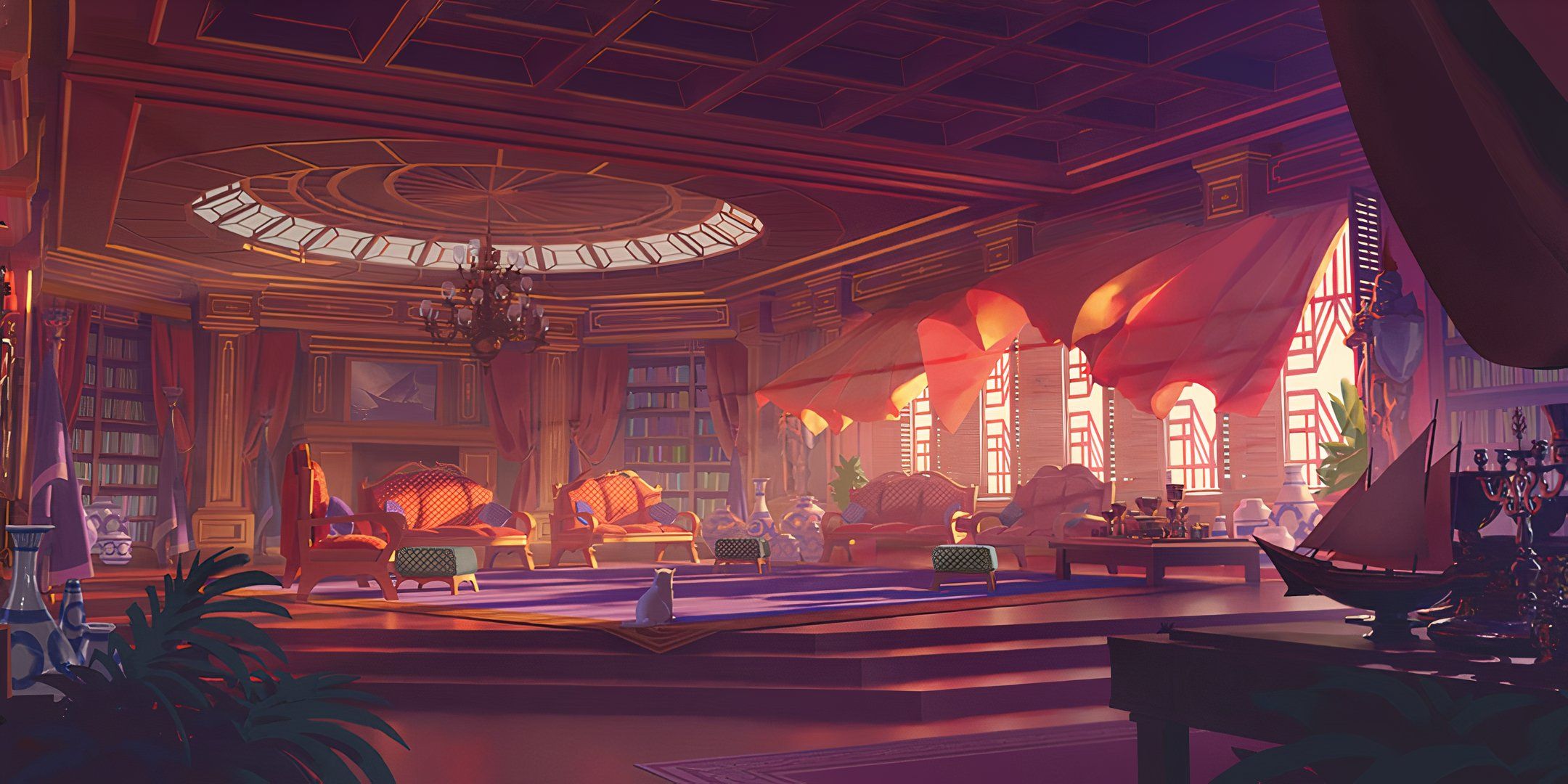
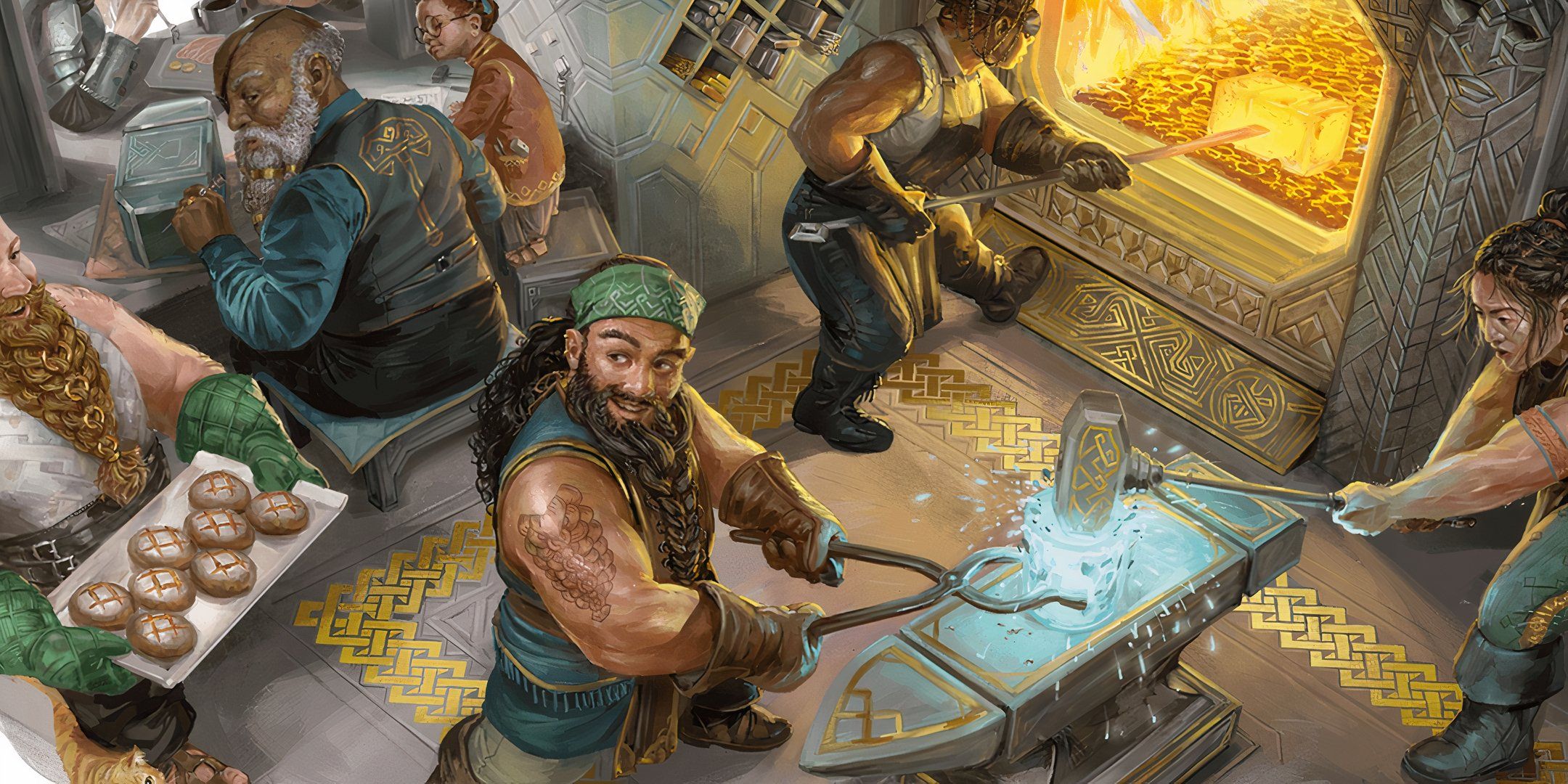





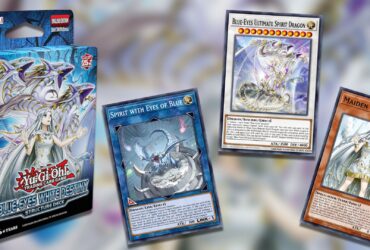

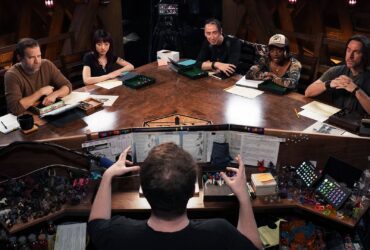
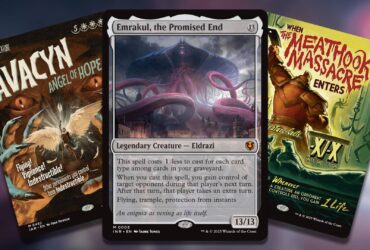
Leave a Reply